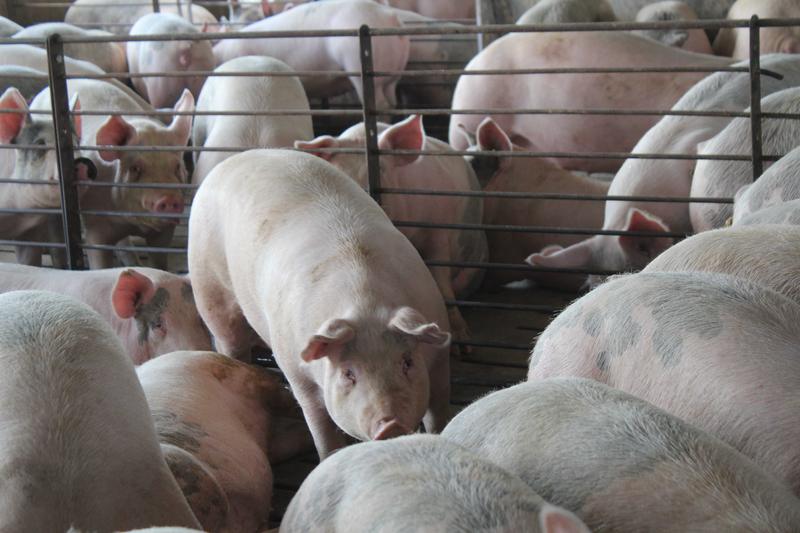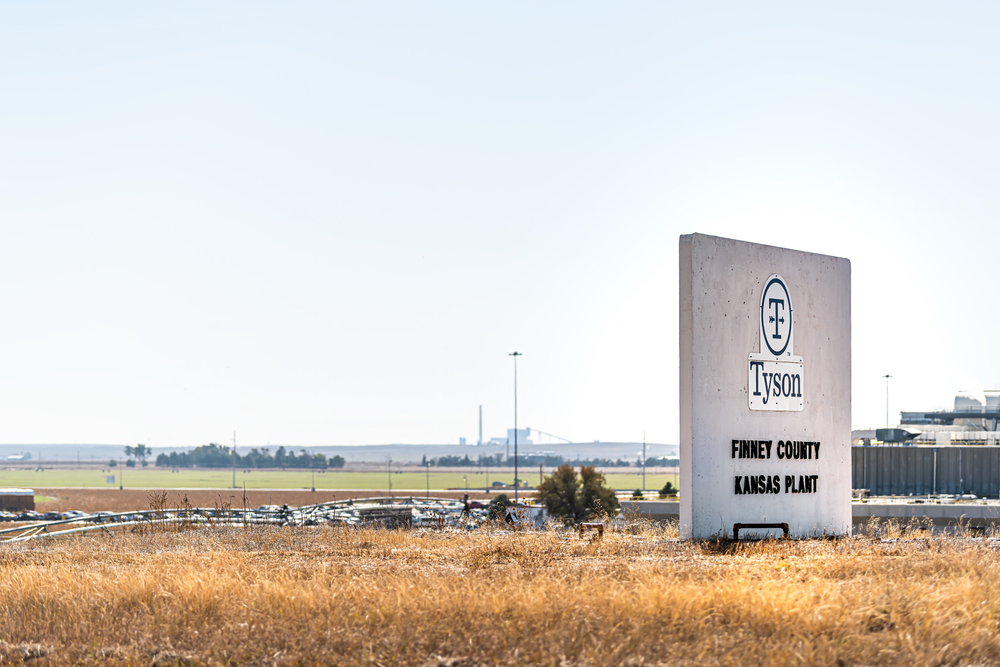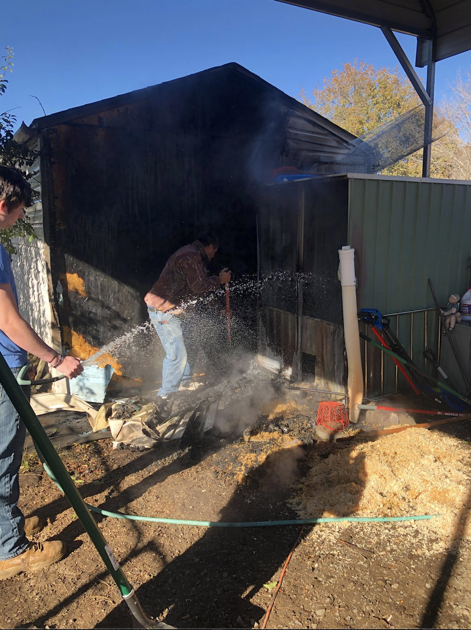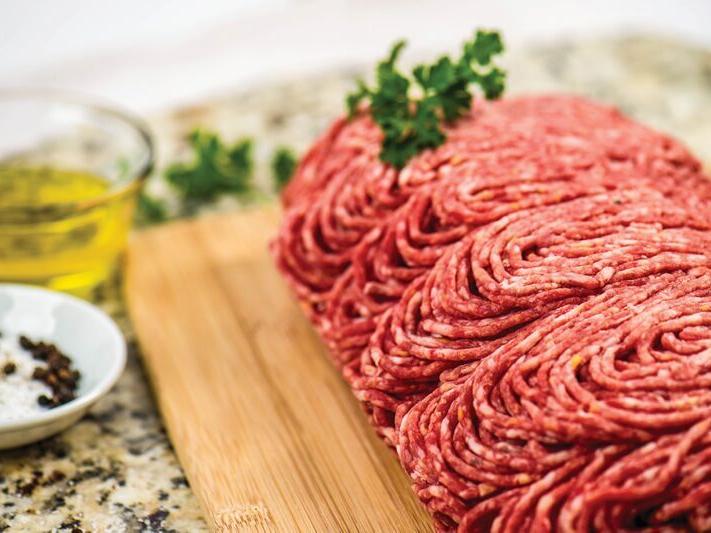meat.indah.link
China's record pork imports and a double-digit increase in pork shipments to other Asian nations hit hard by African swine fever have boosted the global pork industry since 2019, but the window of opportunity will likely close in the coming years, according to Rabobank’s “Pork Quarterly Q4 2020.”
“Stronger Asian demand has been extraordinarily timely, as it helped offset lost domestic demand and weaker exports due to COVID-19,” RaboResearch senior animal protein analyst Christine McCracken said.
This shift, she noted, has led to China now accounting for more than 40% of global pork imports, over four times larger than its nearest competitor. However, China has already begun to restore domestic hog production, and when it recovers, “exporters will be hard pressed to find alternative markets for these volumes.”
Rabobank estimates that China's breeding herd is 15% above trough levels and will continue to expand.
“Although the re-establishment of China’s breeding herd and production assets is a multiyear process, it is now apparent that China is confident in its ability to manage additional virus events,” the bank added.
Rabobank projects that China could return to 95% self-sufficiency as soon as 2024-25.
“This provides a window of continued opportunity for global pork exporters to see incremental demand increases, but this window is likely to close in the coming years,” Rabobank noted.
In 2021, Rabobank estimates that pork production will increase 10% from 2020 levels, which could result in a 20-30% drop (1 million metric tons) in pork imports.
“To put this in perspective, a drop of this magnitude equals about 10% of global pork trade, or more than is imported by all but the top two importers,” McCracken noted. “With five countries responsible for 85% of total pork imports annually, it may be increasingly difficult to redistribute the pork no longer needed by China.”
Once the decline occurs, Rabobank said exporting countries will be forced to find secondary trade markets, and this will likely result in larger domestic supplies. Due to a weaker global economy, larger domestic supplies will translate into weaker product pricing and lower hog values, the report said.
For now, Rabobank said weekly sales figures show that steady demand from China and exports during the fourth quarter will be solid.
“While we forecast 2020 growth of 13%, we expect a decline in 2021, driven by lower demand from China,” Rabobank said.
Market recap
December live cattle futures started the week lower but posted gains as the week progressed. Contracts closed lower Monday at $103.40/cwt. and higher Thursday at $107.975/cwt.
November feeder cattle futures posted strong gains during the week. Contracts closed higher Monday at $130.575/cwt. and Thursday at $135.725/cwt.
The Choice and Select cutouts closed higher at $207.17/cwt. and $191.23/cwt., respectively.
February lean hog futures started the week higher but were unable to sustain the gains. Contracts closed higher Monday at $67.65/cwt. and Tuesday at $68.05/cwt. but fell Thursday to close at $65.60/cwt.
The pork cutout was mixed this week. The wholesale pork cutout was lower than last week, at $87.57/cwt. Loins and hams closed higher at $77.90/cwt. and $97.78/cwt., respectively. Bellies were sharply lower at $116.86/cwt., down from $174.34 the prior week.
Hogs delivered to the western Corn Belt were lower, closing at $62.41/cwt.
The U.S. Department of Agriculture reported the Eastern Region whole broiler/fryer weighted average price at 66.94 cents/lb. on Oct. 23.
According to USDA, egg prices were unchanged, with a mostly steady undertone. Supplies were generally moderate to heavy, and offerings were light to moderate. Demand was light to fairly good.
Large eggs delivered to the Northeast were lower at $1.08-1.12/doz. Prices in the Southeast and Midwest were also unchanged at $1.13-1.16/doz. and $1.00-1.03/doz., respectively. Large eggs delivered to California were lower at $1.77/doz.
For turkeys, USDA said the market was steady to firm, and demand was moderate to good. The price range was $1.15-1.20/lb. for hens and was nearly unchanged for toms at $1.12-1.20/lb.
The Link Lonk
October 30, 2020 at 04:00AM
https://ift.tt/3e8xR5q
Window of opportunity for U.S. pork in China likely to close - Feedstuffs
https://ift.tt/2RsHZwT
Pork






























